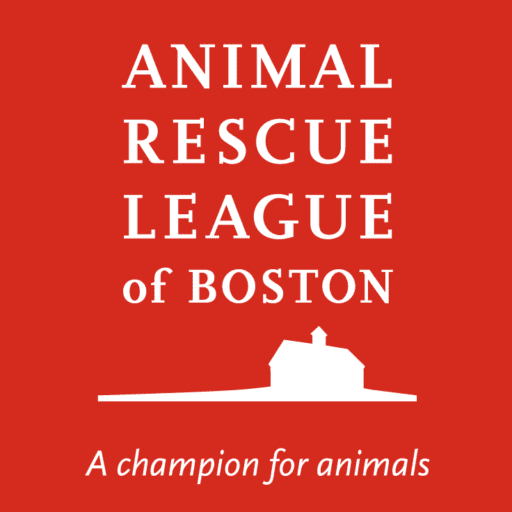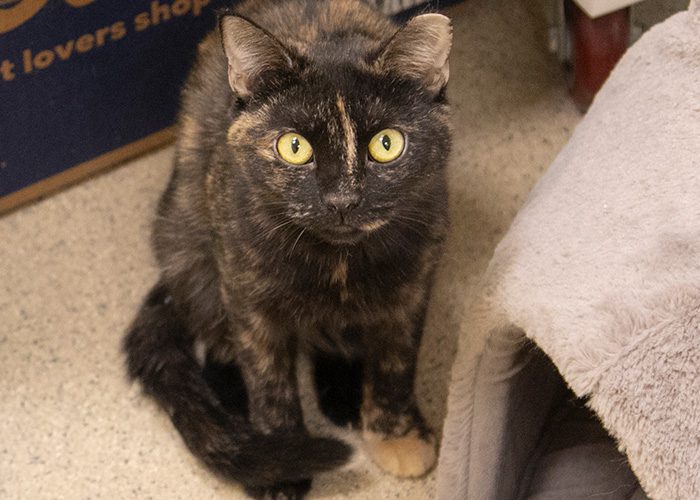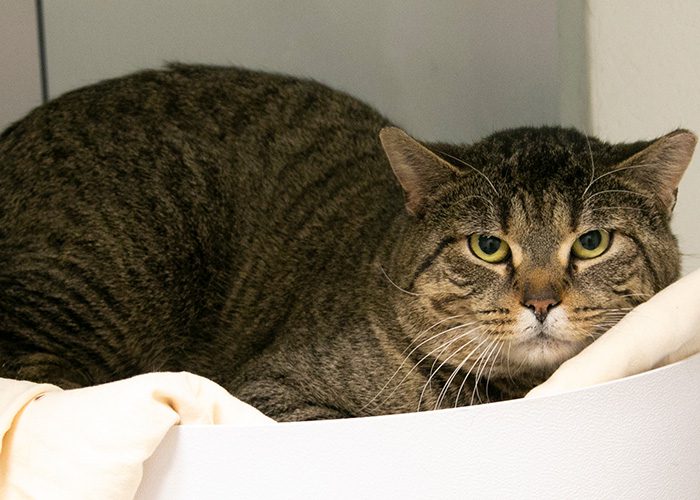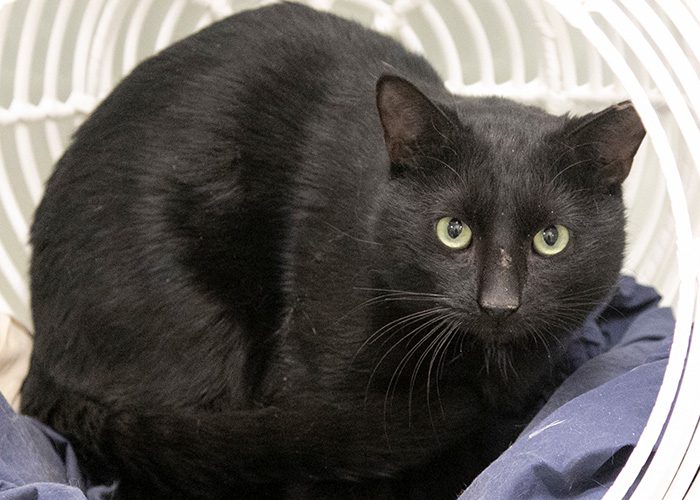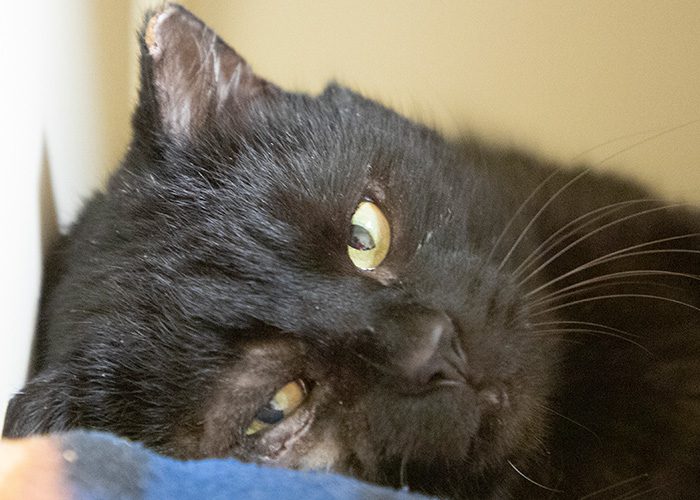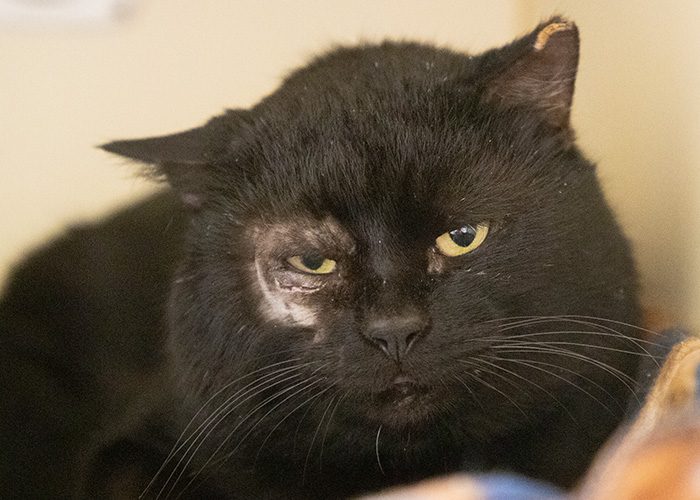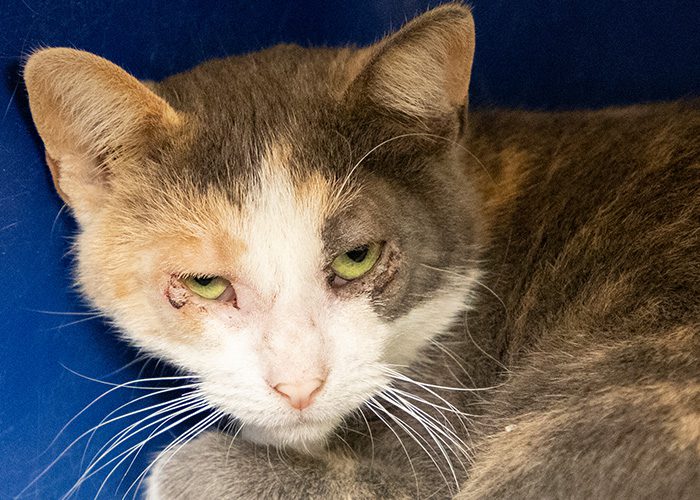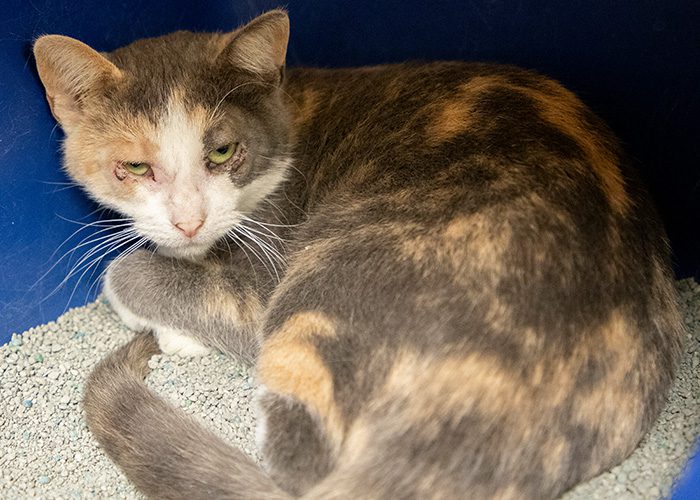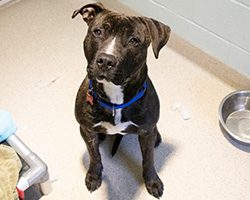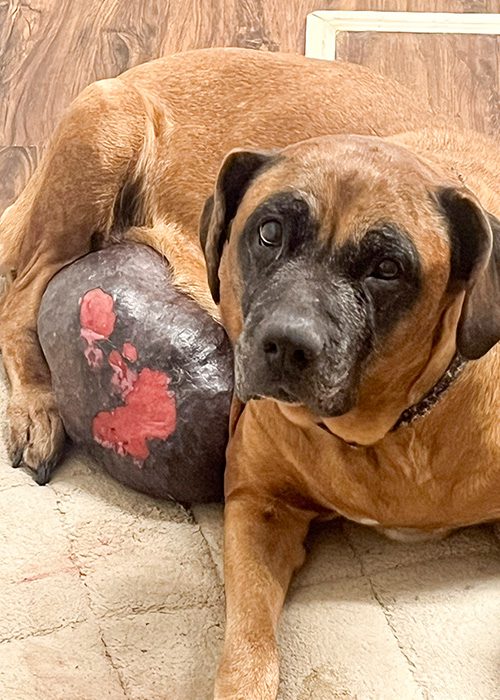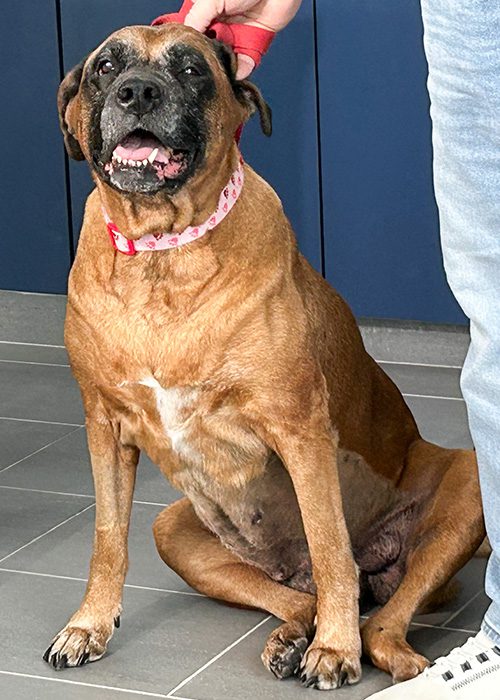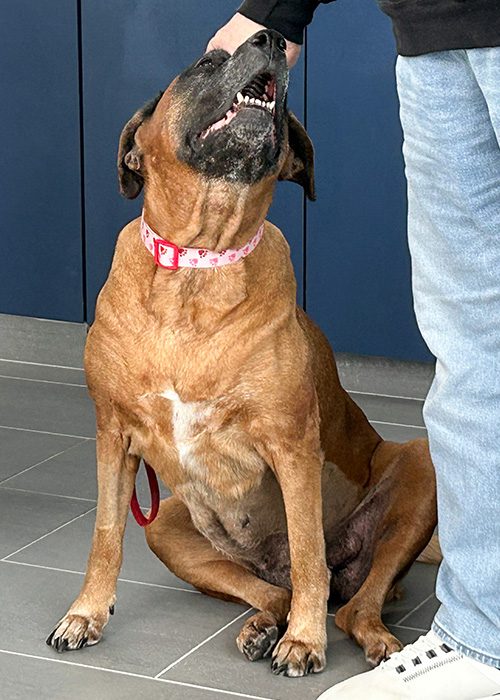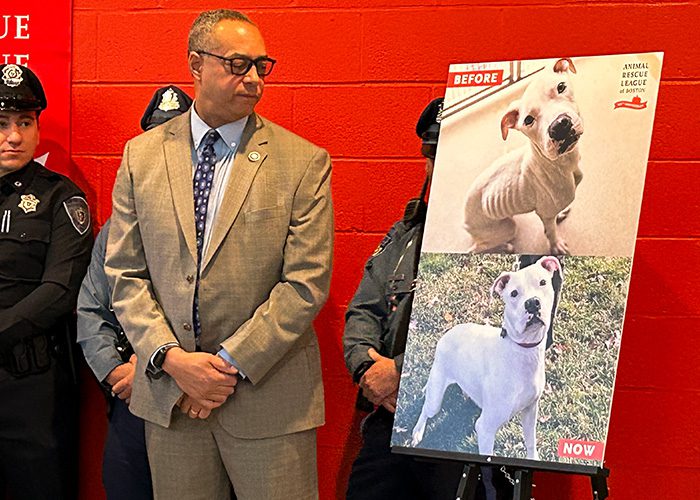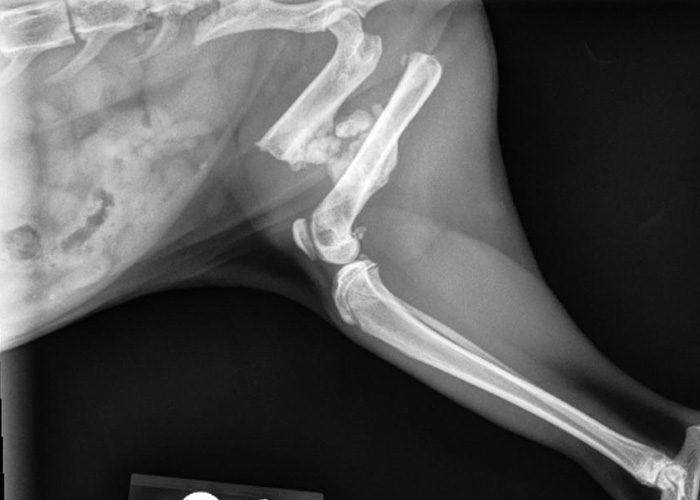ARL Sees Record-Setting Community Cat Intake
ARL only large MA animal welfare agency with dedicated Community Cat program
Following a record-setting 2023, the Animal Rescue League of Boston (ARL) continues to see a dramatic increase in the intake of community cats.
In 2023, ARL took in nearly 900 cats through the Community Cat Program, including more than 400 kittens, which is the highest number of cats to come in through the program since its inception in 2017.
2024 has already been extremely busy, as ARL took in 68 community cats, including 22 kittens, in January – a 75 percent increase over the first month of 2023.
ARL is seeing dozens of community cats coming through its doors on a weekly basis, and is working to provide medical care, behavioral assessments and placing these animals into homes as quickly as possible.
ARL is the only large animal welfare organization in Massachusetts directing resources to help community cats, and thus far in 2024, ARL has taken in more than 100 community cats from areas throughout the state.
Current data estimates there are approximately 700,000 community cats living in communities across the Commonwealth, 70,000 in Boston alone.
While community cats are incredibly resilient, kittens born outdoors are extremely vulnerable to fluctuating weather conditions, predators, illness, among others, and sadly many don’t survive.
Community cats and kittens can be found literally anywhere – under decks, in basements, woodpiles, dog houses – anywhere a mother cat can provide relative safety and warmth for her offspring.
ARL is committed to caring for these animals and reminds the public to be on the lookout for community cats and kittens.
If you come across these cats and kittens, it’s important not to attempt to move them, instead contact ARL’s Field Services Department for assistance at (617) 426-9170 (option 1).
Once the cats and kittens are rescued, ARL provides veterinary care, including vaccinations and spay/neuter surgery, and the cats are also assessed behaviorally to determine adoption potential.
Adult cats who are truly feral and do not want to rely on humans for care are returned to the field.
